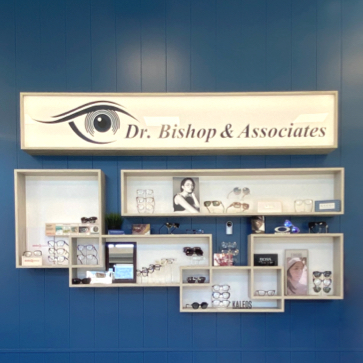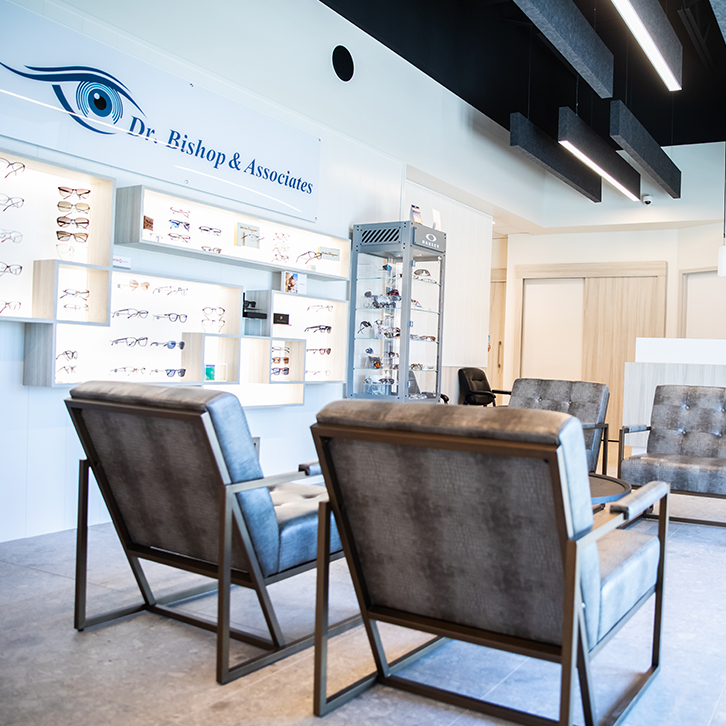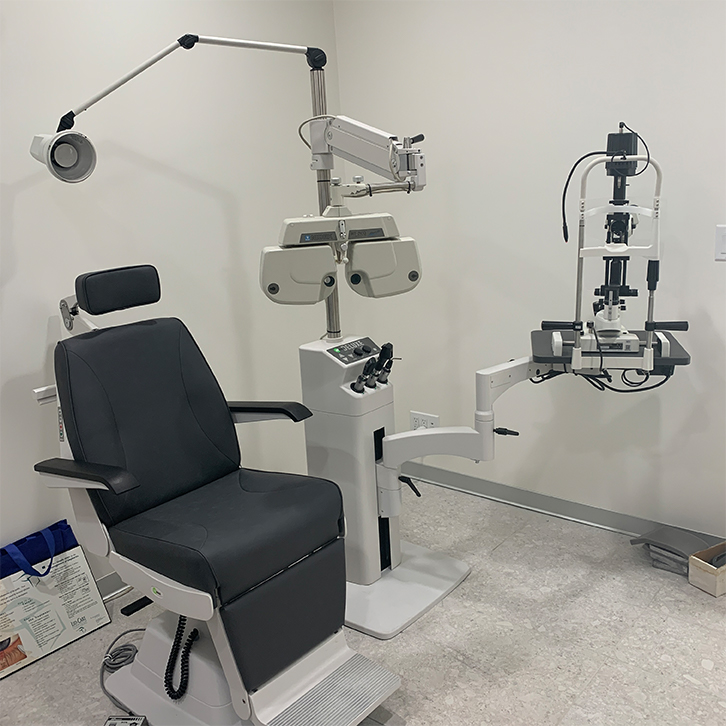Our eyes are responsible for absorbing information about the environment around us to help us navigate the world.
An yearly comprehensive eye exam is important to ensure your eyes are working to the best of their ability. Your eye doctor will monitor eye health and check for signs of any eye conditions.
Nearsightedness, also known as myopia, is a common eye condition often detected in children and affects nearly 30% of Canadians. If detected early, myopia management methods can help slow down its progression and prevent the need for a stronger prescription later on in life.
What is Myopia?
Myopia, or nearsightedness, is a refractive error that causes objects in the distance to become blurry while close-up objects remain clear. This is where the name nearsighted comes from—your natural vision can see things near to you without distortion.
It happens when your eyeball becomes elongated, or the cornea has too much curvature, and light can’t properly focus on the retina. Light is focused in front of the retina instead.

Symptoms of Myopia
Nearsightedness is often detected in young children. If you notice your child presenting any of the following signs or symptoms, it may be time for a trip to the eye doctor to monitor their vision and eye health.
- Squinting when viewing something in the distance
- Needing to sit closer to the TV screen or in the classroom
- Excessive blinking
- Rubbing eye frequently
- Blurry vision when viewing distant objects
- Headaches due to eyestrain
Importance of Children’s Eye Exams
Children’s eye exams are crucial to their learning and development. According to the Canadian Association of Optometry, your child should have their first eye exam between 6–9 months of age.
Coming in for regular eye exams will monitor how your child’s eyes are maturing and ensure they are reaching important visual milestones. Eye exams are also essential for the early detection of eye conditions. Early detection allows for early intervention to help manage and avoid developing serious eye conditions in the future.
Myopia can rapidly progress throughout the teenage years. If left untreated, it can result in cataracts, glaucoma, or retinal detachment.
Myopia Treatment and Management for Children
If your eye doctor determines that your child has myopia, there are methods to help control it. This includes contact lenses, eye drops, and laser eye surgery.
Common corrective contact lenses include:
- Orthokeratology (ortho-k) is a specialty contact lens designed to be worn at night to temporarily reshape the cornea and provide you with clear vision the next day. The lenses work by flattening the centre of the cornea to adjust the way light refracts when it enters the eye.
- MiSight 1 day contact lenses are single-use and provide clear vision by correcting the refractive error while slowing the progression of myopia at the same time. There are 2 treatment zones that create myopic defocus to slow the elongation of the eye and 2 correction zones to provide clear vision.
- Multifocal contact lenses have been shown to slow the progression of myopia by providing clear vision at all distances. These contacts also focus the light in a way that cues the eye to slow down its growth.
Atropine eye drops are another method of managing myopia. Atropine has multiple uses in eye care including dilating the pupil and treating lazy eye. Using a low dose of 0.01% atropine has been shown to slow myopia progression and may be used in combination with eyeglasses or contact lenses.
Laser eye surgery, such as LASIK, is an option for those 18 and older looking to correct nearsightedness. A laser will reshape the cornea to improve the way light refracts onto the retina.
Other Common Refractive Errors
A refractive error is the most common type of vision problem. It occurs when the shape of your eye causes light to bend incorrectly. Therefore, the light is not able to focus on the retina properly. There are 4 common types of refractive errors, including myopia. The other 3 are as follows:
- Hyperopia (farsightedness): up-close objects appear blurry
- Astigmatism: both distant and nearby objects appear blurry or distorted
- Presbyopia: difficulty for older adults to see things up close
These eye conditions can be detected during your comprehensive eye exam. Your doctor will prescribe glasses or contact lenses as needed or offer other treatment solutions to help you see clearly.

Clear Vision for the Future
Don’t let nearsightedness greatly impact you or the future of your child’s vision.
Although myopia can’t be cured completely, visiting your trusted eye doctor can help slow its progression so you can see the bright future ahead. Learn more about the myopia control methods at Dr. Bishop & Associates by contacting us today!



















